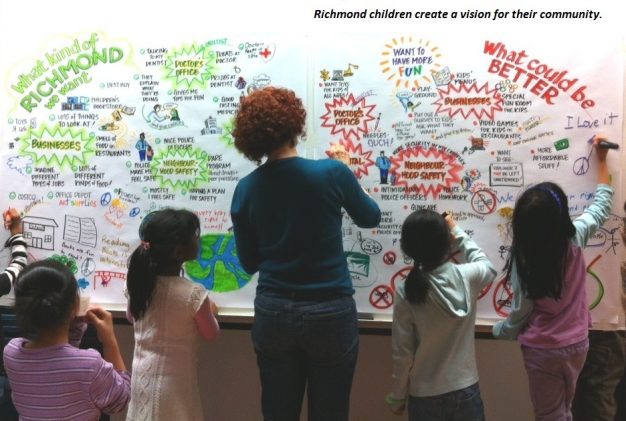
Giving young people a say in the future of our cities
Giving young people a say in the future of our cities is crucial for creating inclusive and sustainable urban environments. Engaging young people in urban planning and decision-making processes allows them to contribute their unique perspectives, ideas, and needs, ultimately shaping cities that meet their aspirations and requirements.
Here are eight ways to give young people a voice in shaping the future of our cities:
- 1) Youth participation in urban planning: Actively involve young people in the urban planning process, be that through workshops, focus groups or design competitions. Encourage their participation in discussions about city infrastructures, transportation options, public spaces, tourism, housing and other issues
- 2) Set up youth advisory boards or panels. These formal or informal panels should include a cross-section of youngsters from as many different backgrounds and communities as possible. They can provide recommendations, feedback and ideas for local governments, urban planners and developers to work on, ensuring that youth perspectives are taken into account
- 3) Foster and encourage youth-led initiatives. Support and empower youngsters to initiate their own urban projects. Give them resources, mentor them and raise funds to help them implement their ideas for community development, public art installations, social enterprises and any other projects which address urban challenges and promote positive change
- 4) Education and awareness: Integrate urban planning and civic education into school curricula to raise awareness among young people about urban issues, sustainability, and the importance of community participation. Encourage schools to organise field trips and practical experiences that allow students to engage directly with their cities and neighbourhoods.
Encourage collaboration between young people and older generations
- 5) Technology and digital platforms: Utilise technology and online platforms to gather feedback and ideas from young people. Develop user-friendly apps or digital tools that allow them to share their thoughts, propose solutions, and participate in virtual discussions related to urban planning and development.
- 6) Intergenerational collaboration: Encourage collaboration between young people and older generations, including urban planning professionals and community leaders. Facilitate intergenerational dialogue and knowledge sharing, creating opportunities for mutual learning and understanding.
- 7) Accessible and inclusive spaces: Design public spaces that are inclusive and inviting to young people. Ensure that parks, recreational areas, and community centres are accessible, safe, and cater to the diverse needs and interests of young residents.
- 8) Recognition and implementation: Ensure that the ideas and contributions of young people are recognised and translated into action. Incorporate their recommendations into urban policies, development plans, and projects, demonstrating a genuine commitment to youth participation.
By actively involving young people in the urban planning and decision-making processes, we can create cities that are not only physically and environmentally sustainable but, crucially, also socially inclusive and responsive to the needs and aspirations of future generations.
This is an experimental article, with the text generated through ChatGPT




